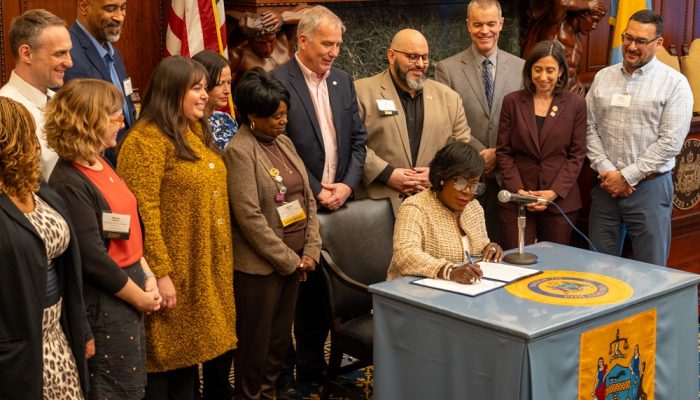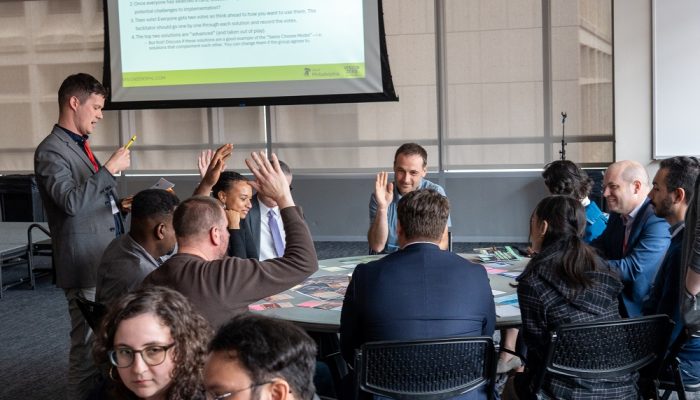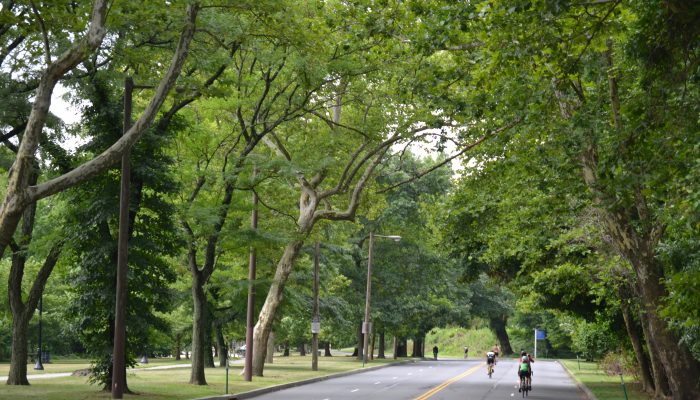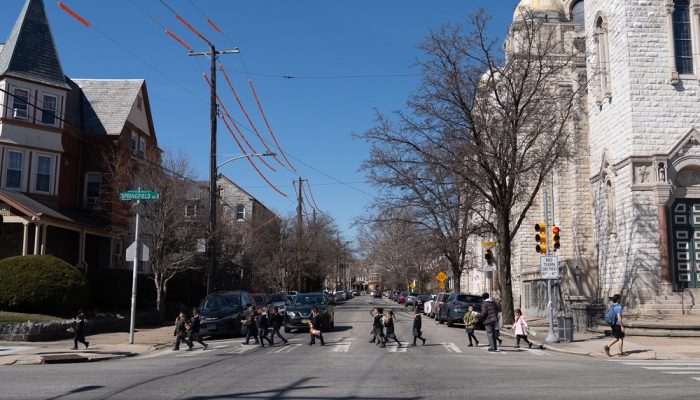Last week, Mayor Cherelle Parker signed a new executive order, recommitting Philadelphia to the goal of reaching zero traffic deaths. The announcement came at the 2024 Vision Zero PHL Conference.
The order directs the Office of Multimodal Planning (formerly the Office of Complete Streets) and the Vision Zero Task Force to deliver a roadway network that reflects the Mayor’s commitment to a clean, green, and safe city. The order builds on the directives laid out in the 2016 Vision Zero Executive Order and updates them in response to current crash trends and other needed changes.
“Every Philadelphian deserves to be able to get home safely,” said Mayor Cherelle L. Parker during her remarks, “no matter if they choose to travel by foot, by transit, by bike, or by personal vehicle.”
One of the first tasks for the Office of Multimodal Planning will be to update the High Injury Network (HIN). The HIN includes the 12% of streets that account for 80% of fatal and serious injury crashes.
Other provisions include setting a new goal of programming safety improvements to every mile of the HIN by 2030 and working with the School District to educate students about traffic safety. The order also directs the Office of Multimodal Planning to assist the Department of Streets in developing, reviewing, and publishing all checklists called for in the city’s Complete Streets ordinance from 2013. The order focuses on strategies that will eliminate fatal crashes as quickly as possible, in support of the Regional Vision Zero 2050 goal.
Serious Challenges to Zero Deaths Remain
120 people lost their lives on Philadelphia’s streets in 2023. Speeding and aggressive driving rose after 2020 and continue to lead to far more fatalities each year than the pre-2020 trend. People walking and biking are particularly vulnerable in a crash with a speeding driver and the growing share of these types of crashes reflects this.
Traffic safety is an equity issue. Longstanding disparities in traffic deaths are worsening. Before 2020, Black and Hispanic Philadelphians accounted for a disproportionate share of traffic deaths. Since then, this disparity has grown. Children are also at risk. Each week, five children are hit by a vehicle while walking in Philadelphia.
Addressing this trend will require directing large investments in safety to the communities that need them most.
Philadelphia is Investing in Traffic Safety
The federal Bipartisan Infrastructure Law (BIL) promises to invest billions in transportation, with a key focus on safety. Philadelphia has secured hundreds of millions of dollars from the BIL already. Some key examples include:
- $46.4 million from the first two rounds of the Safe Streets for All grant program
- $78 million for the Roosevelt Boulevard Route for Change plan from the Mega grant program
- $25 million for North Philadelphia School Slow Zones from the RAISE grant program
- $159 million for the Chinatown Stitch plan to cap the Vine Street Expressway from the Reconnecting Communities grant program
The City won these funds by demonstrating a commitment to strategies that work.
This includes projects that calm driver speeds, make more space for people walking and biking, and encourage use of public transportation. Taken together, Complete Streets projects installed since 2017 have resulted in 20% less injury crashes and 34% less fatal and serious injury crashes compared to concurrent trends on similar roads. Speed safety cameras on Roosevelt Boulevard have resulted in 95% fewer speeding violations and saved 36 lives.
The BIL means that Philadelphia can continue to scale up investments in these types of solutions and program improvements to every mile of the High Injury Network.
“My administration is 100% committed to reversing the trend we’ve seen in fatal crashes and bringing our city down to zero,” said Mayor Parker. “I’ve been a long-time champion on this issue and I will ensure that my administration invests in the strategies that work to make our roads safer for everyone.”




